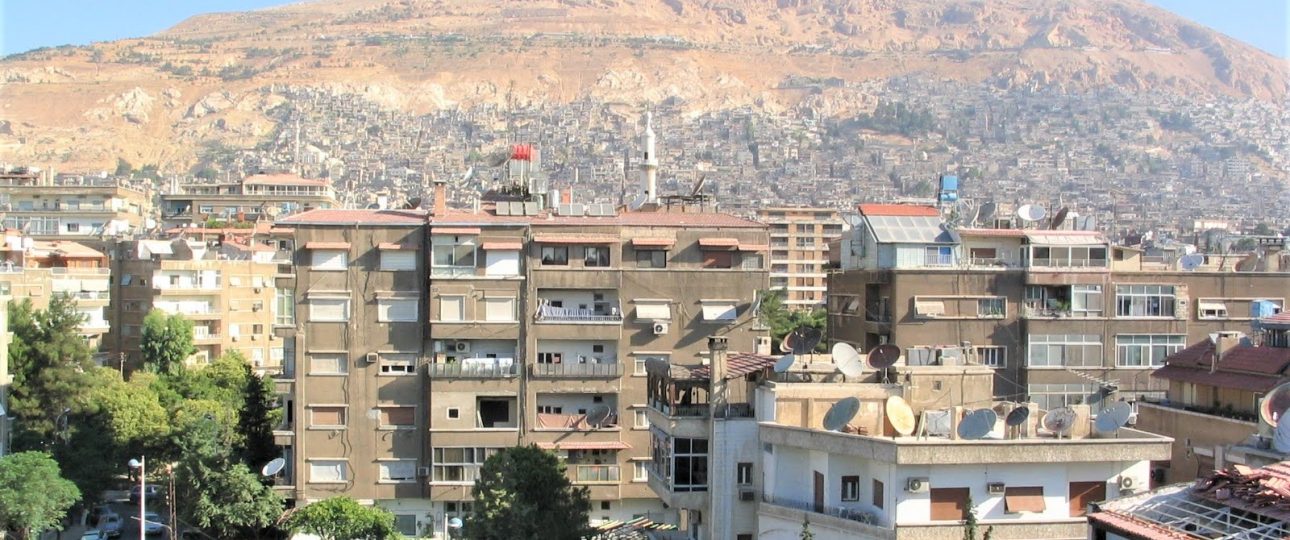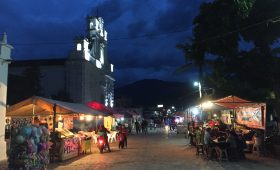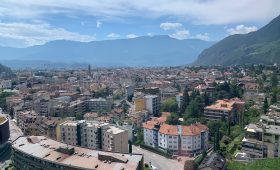Mount Qasioun: Exploring Syria’s Historical and Natural Landmark
Overview
Mount Qasioun, located near Damascus, Syria, is a site of both historical significance and natural beauty. Known for its panoramic views of the city, the mountain is a popular spot for locals and visitors alike. However, its importance extends beyond its scenic vistas, as it holds a deep connection to Syria’s cultural and religious history.
Historical and Religious Significance
Mount Qasioun is steeped in legend and religious significance. It is home to the Cave of Blood, where, according to medieval Arab history, Cain is said to have killed Abel, marking the site of the first murder. This cave, known as Maghārat al-Dam, has been a place of prayer for centuries, especially during times of drought.
Additionally, the mountain is associated with the mihrab of the 40 arch-saints, known as the Abdāl, who are believed to pray there nightly. A small mosque has been constructed over the Cave of Blood, adding to the site’s spiritual importance.
Another notable site is the Cave of the Seven Sleepers, linked to early Christian and Islamic traditions. Although its claim as the true cave is debated, it remains a point of interest for pilgrims and tourists.
Flora and Fauna
Mount Qasioun is home to the critically endangered Iris damascena, an endemic species found on its steep eastern slopes. While the Syrian government has not granted it protected status, the military presence in the area inadvertently helps preserve its habitat by limiting civilian access and development.
Visiting Mount Qasioun
Access to Mount Qasioun has been restricted due to its strategic military importance, especially during the Syrian Civil War. The mountain was heavily fortified by the Syrian government, with tunnels used for military operations. Public access was limited until the political changes expected in December 2024.
For those planning a visit, the best times are spring and autumn, when the weather is mild and the landscape is vibrant. Summers can be extremely hot, while winters are cold, so plan accordingly.
Getting There
Travelers can reach Mount Qasioun via Damascus International Airport, followed by a taxi or local bus to the mountain’s base. Public transportation from Damascus is also available, with buses and minibusses offering affordable and convenient options.
Exploring the Mountain
Once at Mount Qasioun, visitors can explore various trails leading to the summit. These trails vary in difficulty, so choose one that suits your fitness level. While hiking is a popular choice, be aware that the military presence and restricted areas may limit access to certain parts of the mountain.
Mount Qasioun offers a unique blend of natural beauty and historical depth. While its military significance and restricted access present challenges, the mountain remains a fascinating destination for those interested in Syria’s cultural and religious heritage.




